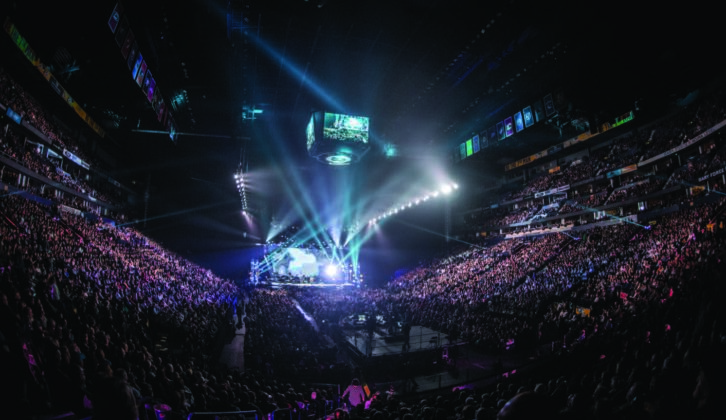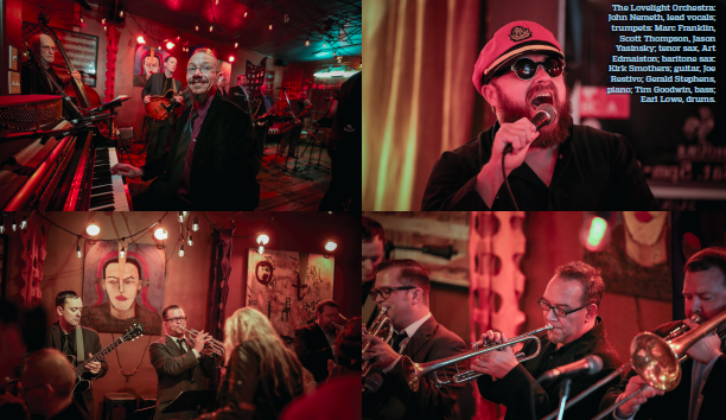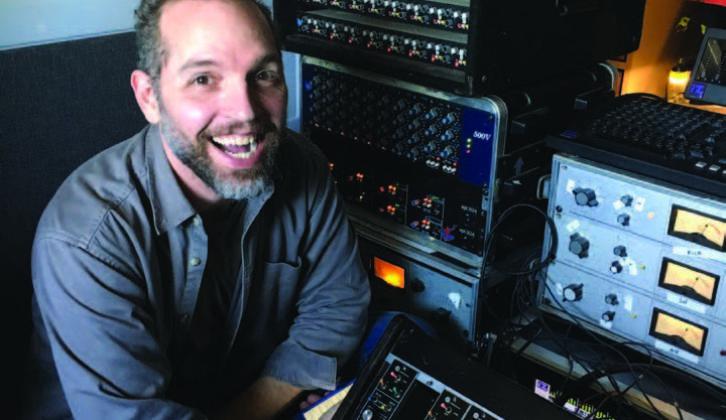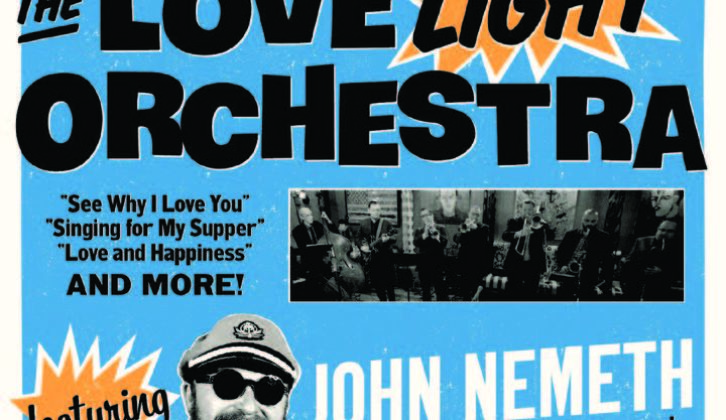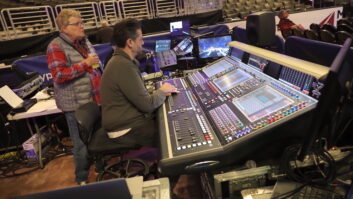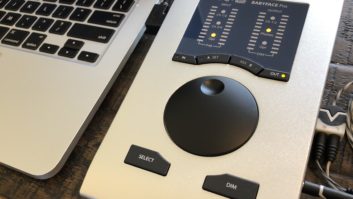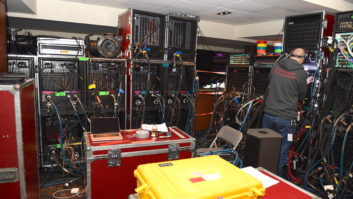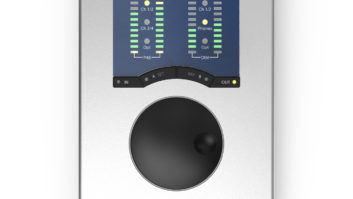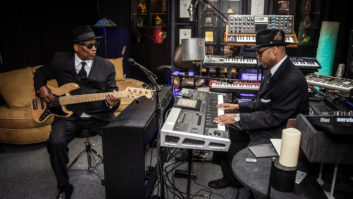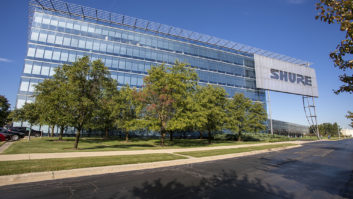Los Angeles, CA (February 14, 2019)—The house sound system for the annual Grammy Awards broadcast tends to change incrementally every year as manufacturers release new and improved products and system engineers introduce their own enhancements. For the 2019 edition, as the telecast returned to its longtime home at the Staples Center in downtown Los Angeles after a rare visit to Madison Square Garden in New York in 2018, sound provider ATK Audiotek rolled out new speakers from JBL and further strengthened the system’s failure provisions.
“The equipment sometimes changes; things get lighter, more efficient and easier to fly,” acknowledged Jeff Peterson, system engineer for Audiotek, during the event’s six-day setup period at the arena. Above all, though, while there were 21,000 people in the house, the primary focus was always to ensure the best possible experience for television viewers. “The approach is to try and keep as much of the room from affecting the broadcast as possible.”
For one thing, that meant maintaining a manageable SPL so that the broadcast music and production mixers weren’t constantly fighting the room. No doubt that was also more pleasurable for the industry executives and fans who attended the evening broadcast.
“Everybody down here in front of me does this for a living,” said house music mixer Ron Reaves who, like pretty much everybody on the audio crew, has worked on the GRAMMY Awards show for years, plus many similar events between. “Most of these people don’t want to be bludgeoned. They want to hear a nice musical mix and they want to hear the song that’s nominated and be able to understand the vocal.”
Reaves added, “This show doesn’t run as loud as some shows. We run between 95 dB and maybe 104 dB,” although there have been exceptions, including a performance by Metallica, and at the 2015 GRAMMY telecast, he said, “AC/DC was 116 dB for six minutes.”
Peterson tailors the house P.A. appropriately for power and coverage, and this year, that meant deploying some recent additions to JBL’s VTX A Series line. “The mains and main delay clusters are A12 boxes, a double-12 line array,” he said. “On the bottom of all four main clusters, we’re using the new A12W, a wide pattern of the A12 line. It’s 120 degrees wide, so we don’t have a hole in the center of the room.” Peterson deployed eight A12Ws in total.
“We have to fly our P.A. fairly wide for sightlines, so oftentimes, the 90-degree cutoff gives us a bit of a dip in the center. Now, with the extra overlap, it’s better coverage. It also covers better on the sides, where the main left and right overlaps with the outfills.”
Front fills ensure that sound and visuals match for those close to the stage: “You don’t want to hear a concert coming from 40 feet overhead,” said Peterson.
“For the sides and the high parts of the arena, we have small delay clusters for the 300 level, which are VerTec 4886s; there are 36 of those up there,” he continued. “And in the back of the room, I have four delay clusters with VTX A12s, same as the mains.”
For the first time, show producers added a seating section on either side of the stage. “We’re covering those with JBL’s new A8, a small cluster of four, covering about 18 feet of audience” on each side, he said.
For low end, “we have 16 elements of S28 in the air. We don’t hang enough subs to do a hip-hop concert, because we’re not aiming for 115 dB. There are also weight and power requirements.”
Peterson also put eight of JBL’s new B18 subs on the floor. “It’s a companion for the A8, a single-18 high-efficiency sub. They’re under the lip of the stage.”
A total of 19 Crown Audio I-Tech 4x3500HD amps powered the line arrays with six I-Tech 12000HDs driving the subs. “It’s all controlled through Performance Manager software and processed in the amplifiers,” said Peterson, who has used Optocore’s network system for P.A. drive for more than a decade, this year using six DD32R-FX and a pair of DD4MR-FX units.
The house sound team used four DiGiCo consoles this year. “There are eight SD-Racks for inputs and another four that the monitor guys are using for outputs, on two independent fiber rings,” said Peterson. Each SD-Rack handled 56 inputs.
Mikael Stewart, who has long mixed the production elements—videotape package playback, announcer mics and similar sources—used an SD5. Reaves, sitting to his right, mixed the performances on an SD7.
“I have 168 open faders plus eight stereo effects returns and some miscellaneous channels,” Reaves said, adding, “I’ve never had to use the 168 faders, although we do on the Tonys; we max this thing out.”
A fifth DiGiCo desk, a compact S21, was also at FOH in case of a failure in Stewart’s console. “That console lands a full production mix from the truck, without audience mics, and a music mix from Ron. If Stewart’s console crashes, I can switch the system drive inputs over to that backup console,” said Peterson. Previously, those lines were routed to Reaves’ desk; the new workflow enabled the three engineers working with the two FOH mixers to better address a failure.
“We’re sending mix-minuses from front-of-house back to the [broadcast] truck as well” to cover all contingencies, added Michael Abbott, head of audio for the show for several decades. “That’s being done on a Lance Design Cobranet platform; that’s new.”
In total, Abbott reported, there were 300 to 350 wired and RF microphones, including those for the announcers plus crowd mics, together with 30 or so line-level inputs, in the GRAMMY live production. This year, he said, “We’re using the Sennheiser Digital 6000 and Shure Axient Digital systems, and we’ve got the new Audio-Technica 5000 series as well.”
All the wired and RF stage mics plus 14 channels of Avid Pro Tools playback—there were two playback rigs and operators backstage supplying musical elements plus clicks and counts and, in some cases, show automation timecode—went through the backstage Split World to the show’s longtime monitor engineers. Tom Pesa and Mike Parker worked side by side behind the set on a pair of SD7 desks. For failure mitigation, said Pesa, who handled the A stage, “Parker and I can pick off each other’s stage inputs, so everything is available.”
Audiotek supplied 24 channels of Shure PSM 1000 in-ear transmitters plus more than 100 belt packs. While most artists have long since transitioned to in-ears, older artists still often rely on wedges, reported Pesa. For that purpose, this year Audiotek also brought along 48 of its small LM3 and 18 of its new large LM6 proprietary stage monitors, he said, plus 16 large M5 wedges.
